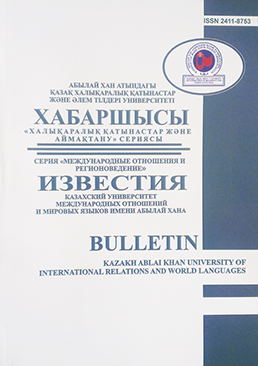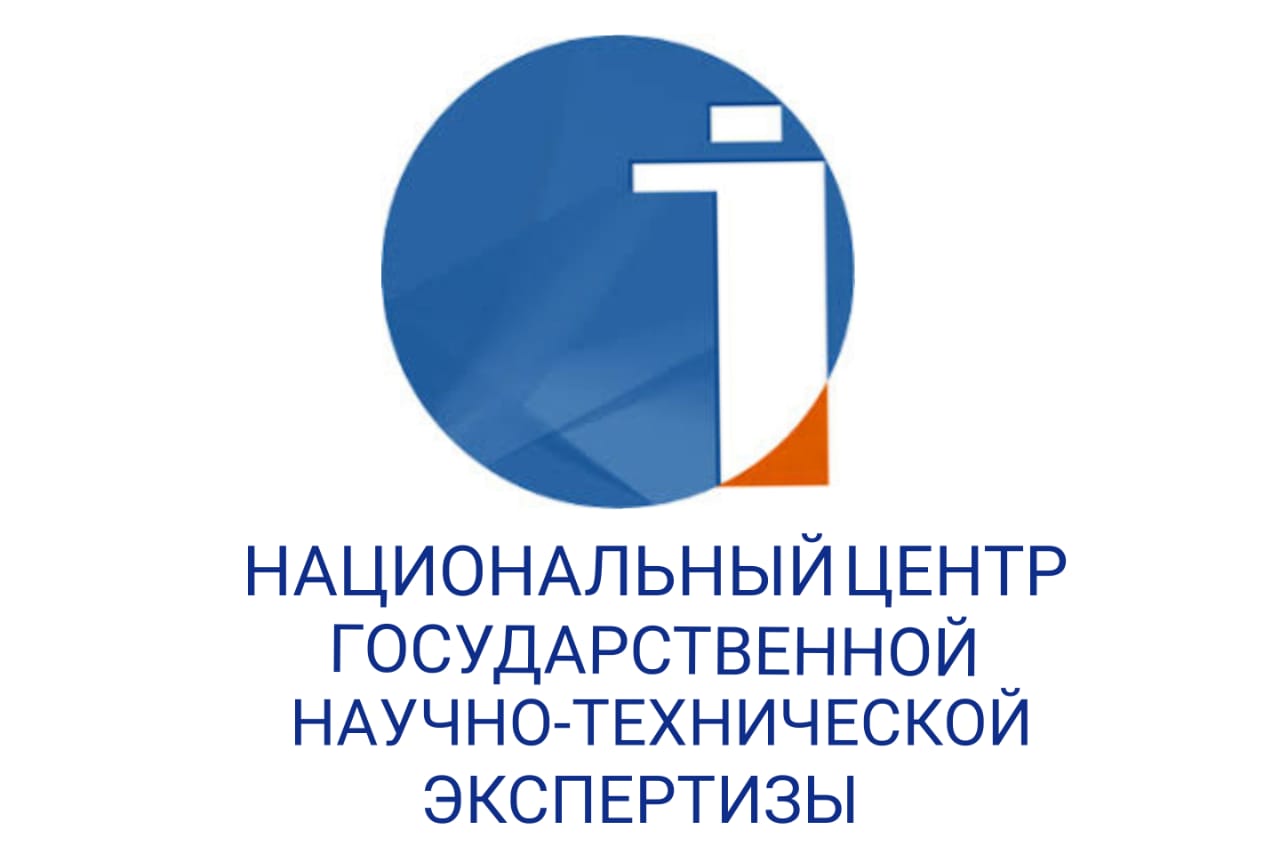CENTRAL ASIA’S ROLE IN INTERNATIONAL SECURITY: THROUGH PEACEKEEPING FORCES
DOI:
https://doi.org/10.48371/ISMO.2025.60.2.004Keywords:
peacekeeping forces, peace, UN, Central Asia, CIS, CSTO, CENTRAZBAT, KAZBAT, KAZCENT, securityAbstract
This article aims to identify how Central Asian states have been involved in peacekeeping operations highlighting the changing role of the region, as a contributor to peace and security using Kazakhstan, Kyrgyzstan and Uzbekistan’s participation as case studies. It defines the reasons, obstacles and consequences of Asian countries participation in peacekeeping missions. Addressing this topic allows you to identify dynamics of peacekeeping efforts, regional security collaboration and the impact of Central Asian involvement in stabilizing conflict prone areas.
This article looks at how Central Asian countries use peacekeeping not just to support international stability, but also to raise their global profile, build modern and capable armed forces, and develop stronger relationships with key international partners. It explores these efforts through the lens of concepts like niche diplomacy, regional cooperation, and the desire for international recognition. Drawing on a close reading of official documents, regional agreements, and key peacekeeping efforts such as the creation of CENTRASBAT, the development of KazBAT, and the CSTO’s deployment to Kazakhstan in 2022, the article traces how these states have approached peacekeeping in a strategic and selective way. By comparing the Central Asian approach with examples from the African Union and European Union, it argues that the region is beginning to shape its own path as a security actor, balancing ambition with caution as it navigates a complex geopolitical landscape.







